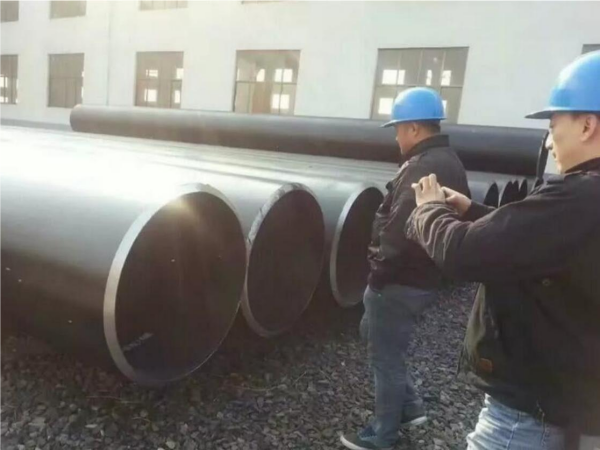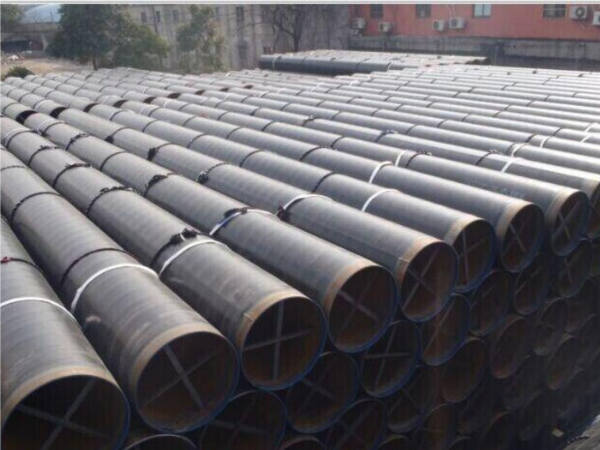A Comparison of Seamless pipes and Welded Pipes in Terms of Resistance to Corrosion
Introduction
Pipes are one of the most essential components of any pipeline system. They are used to transport fluids, gases, and other substances from one place to another. Pipes can be made from various materials such as steel, copper, plastic, and others. In the oil and gas industry, two types of pipes are commonly used, seamless and welded pipes. Both types of pipes have their advantages and disadvantages. This article will compare seamless pipes and welded pipes in terms of their resistance to corrosion.
Corrosion is a major concern in the oil and gas industry. It is a natural process that can lead to the deterioration of pipes and other components. Corrosion can occur due to various factors such as moisture, oxygen, high temperature, and the presence of corrosive substances. Corrosion can weaken the pipes and cause them to fail, which can lead to accidents and other serious consequences.
Seamless Pipes
Seamless pipes are made from a single piece of steel. They are produced by piercing a solid cylindrical billet of steel to form a hollow tube. Seamless pipes have uniform thickness and are free from any welded joints. The absence of welded joints makes seamless pipes more resistant to corrosion than welded pipes.
Seamless pipes have a smooth surface finish, which reduces the likelihood of corrosion. The absence of welded joints eliminates the possibility of crevices and other areas where corrosion can occur. Seamless pipes are also less prone to stress corrosion cracking, which is a type of corrosion that occurs due to a combination of tensile stress and exposure to a corrosive environment.
Seamless pipes are commonly used in high-pressure applications such as oil and gas pipelines, where the risk of corrosion is high. They are also used in other industries such as aerospace, automotive, and construction.

Welded Pipes
Welded pipes are made by joining two or more pieces of steel together. The steel is welded using various welding techniques such as arc welding, gas welding, and resistance welding. Welded pipes have welded joints, which can be a weak point in terms of corrosion resistance.
Welded pipes have a rougher surface finish than seamless pipes, which can increase the likelihood of corrosion. The welded joints can also create crevices and other areas where corrosion can occur. Welded pipes are more prone to stress corrosion cracking than seamless pipes due to the presence of welded joints.
Welded pipes are commonly used in low-pressure applications such as water and gas distribution systems. They are also used in other industries such as construction, automotive, and manufacturing.

Comparison of Seamless and Welded Pipes in Terms of Corrosion Resistance(seamless vs welded pipe)
Seamless pipes are generally more resistant to corrosion than welded pipes. The absence of welded joints eliminates the possibility of crevices and other areas where corrosion can occur. Seamless pipes also have a smoother surface finish, which reduces the likelihood of corrosion. The uniform thickness of seamless pipes also makes them less prone to stress corrosion cracking.
Welded pipes, on the other hand, have welded joints, which can be a weak point in terms of corrosion resistance. The rougher surface finish of welded pipes can increase the likelihood of corrosion. The welded joints can also create crevices and other areas where corrosion can occur. Welded pipes are more prone to stress corrosion cracking than seamless pipes due to the presence of welded joints.
In terms of cost, welded pipes are generally cheaper than seamless pipes. This is because the manufacturing process of welded pipes is simpler and less expensive than seamless pipes. However, the cost difference between the two types of pipes may vary depending on the size, material, and other factors.
Conclusion
In conclusion, both seamless and welded pipes have their advantages and disadvantages in terms of corrosion resistance. Seamless pipes are generally more resistant to corrosion than welded pipes due to the absence of welded joints. Seamless pipes also have a smoother surface finish, which reduces the likelihood of corrosion. Welded pipes, on the other hand, are generally cheaper than seamless pipes. However, the choice between the two types of pipes depends on various factors such as the application, the environment, and the cost. It is important to choose the right type of pipe to ensure the safety and reliability of pipeline systems.













 Eastern Steel Manufacturing Co.,Ltd not only improve product production and sales services, but also provide additional value-added services. As long as you need, we can complete your specific needs together.
Eastern Steel Manufacturing Co.,Ltd not only improve product production and sales services, but also provide additional value-added services. As long as you need, we can complete your specific needs together.











